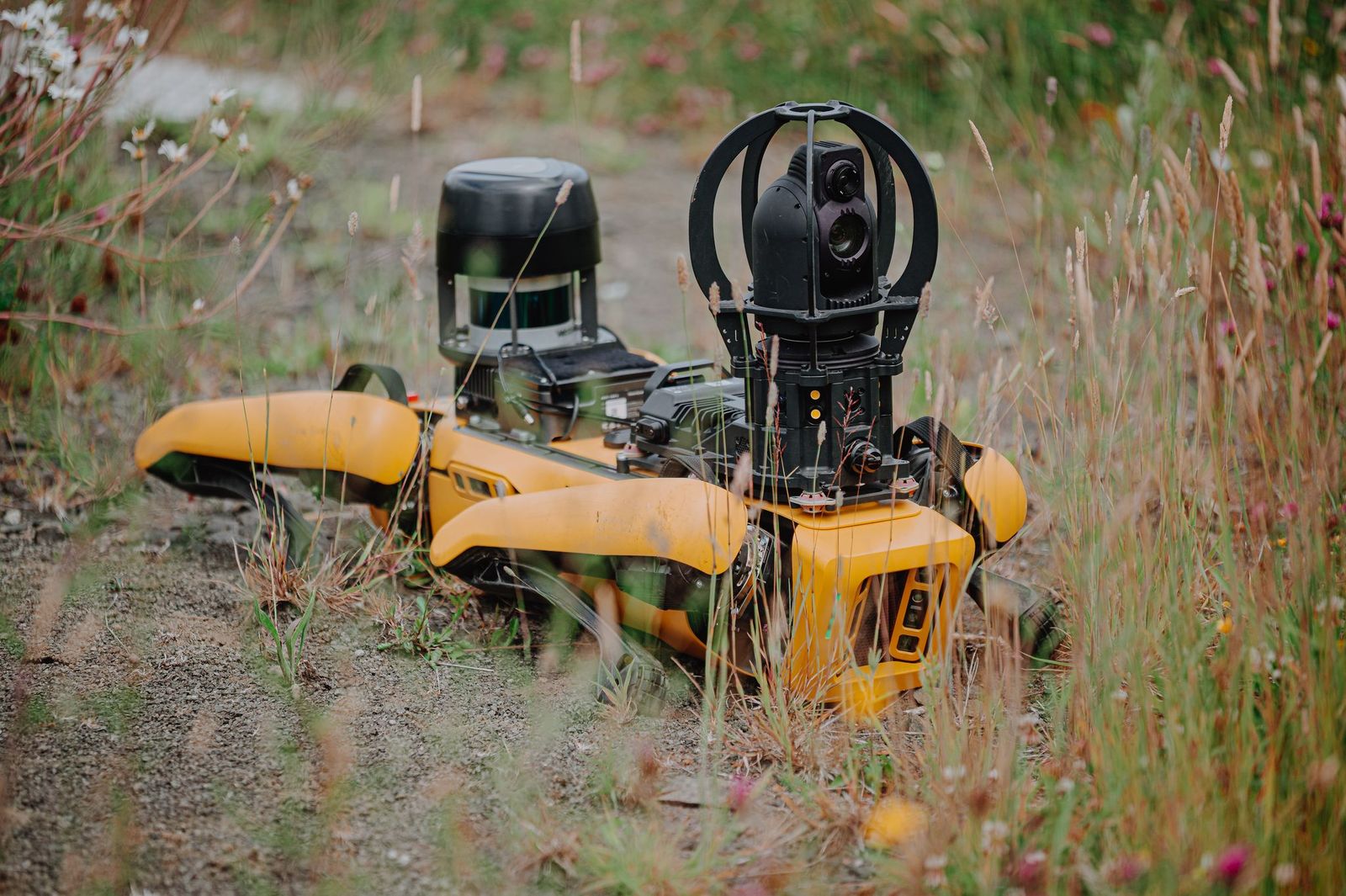
A groundbreaking Scottish partnership is unleashing the power of 5G-connected robotics to transform precision farming—breaking down rural connectivity barriers and revolutionising how crops are grown.
Five organisations are developing robotic systems capable of performing detailed farming tasks — such as crop health monitoring, targeted fertiliser application, and soil assessment — enabled by portable 5G private networks.
This innovation aims to address pressing issues in modern agriculture, including rising input costs, labour shortages, stringent environmental regulations, and the need to boost food production while reducing environmental harm.
Traditional farming tends to apply treatments uniformly across fields, but 5G-connected robots allow farmers to manage resources on a plant-by-plant basis, optimising efficiency and sustainability.
Using high-speed connections, the robots can securely communicate with each other in real time and transmit detailed data on crop and soil conditions, empowering farmers to make informed, timely decisions.
A significant hurdle — limited rural network coverage — has been overcome through rapidly deployable private 5G networks, delivering the low-latency, high-bandwidth connectivity vital for real-time operations.
The robotic systems can stream high-definition video and generate detailed field maps. With visual recognition technology under development, they will soon detect disease, pests, or water stress far earlier than traditional methods, enabling proactive intervention.
These capabilities, previously dependent on costly specialist equipment and expertise, are now more accessible and affordable.
The partnership involves the National Robotarium, James Hutton Institute, Scotland 5G Centre, Boston Dynamics, and Freshwave,
Project Manager Ruth Plant said: “What's exciting about this project is seeing the technology develop from initial concept to working demonstration.
"We've successfully shown that portable 5G networks can provide the connectivity needed for real-time robotic operations in agricultural settings.
"The integration of these technologies creates opportunities for precision farming that weren't previously possible in areas with limited connectivity."
Andrew Christie, agritech specialist at the James Hutton Institute, highlighted that robotics are the next phase in the evolution of precision farming technology, moving towards fully data-driven agriculture.
However, progress has been slowed by the need for rapid, dependable communication and the reliance on manual data handling.
He noted: “As an evolution of precision farming technology, robotics represent the next step towards fully data-driven agriculture.
"However, uptake has been hindered by the need for fast, reliable communication and manual data processing.”
Mr Christie added that incorporating 5G private networks can resolve these obstacles by enabling the transfer of vast amounts of data with minimal delay and enhancing the functionality of current equipment.
This technological leap also facilitates developments such as swarm robotics, real-time sensor networks for digital twinning, and dynamic data processing via cloud services.
